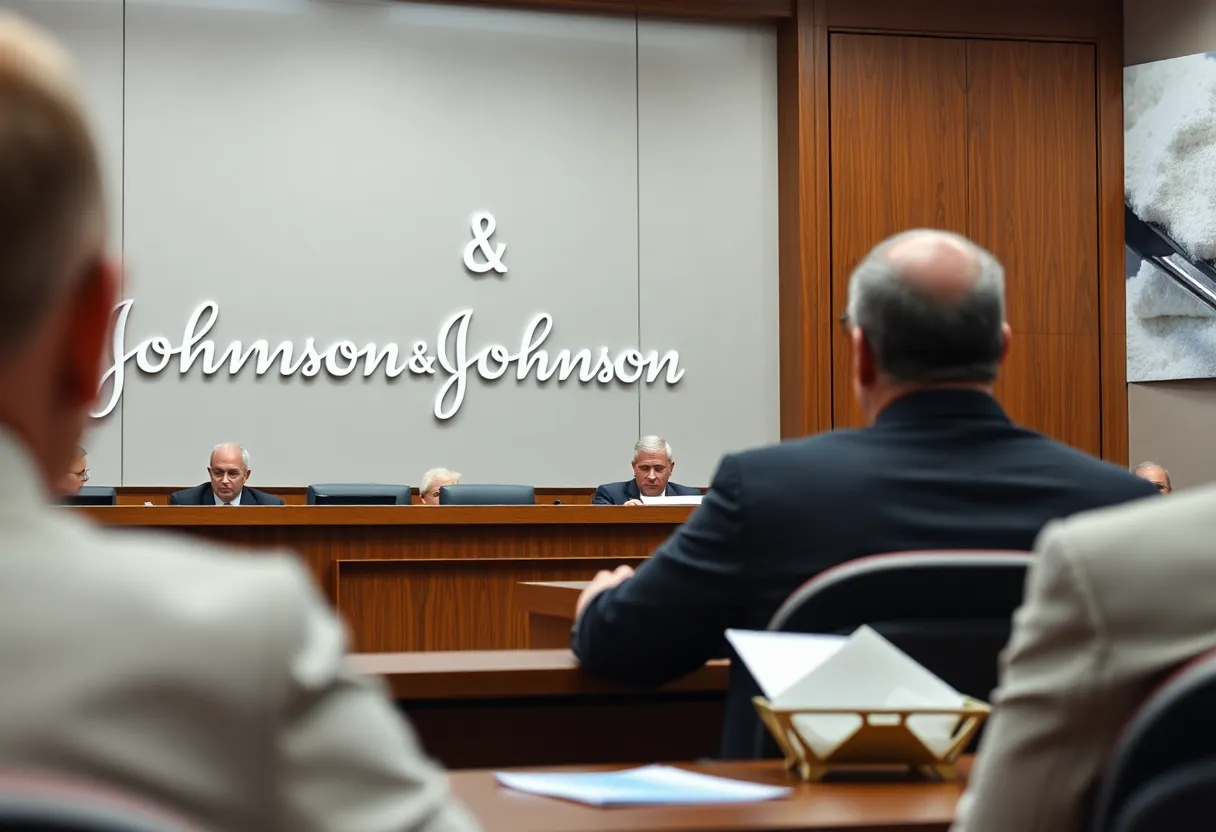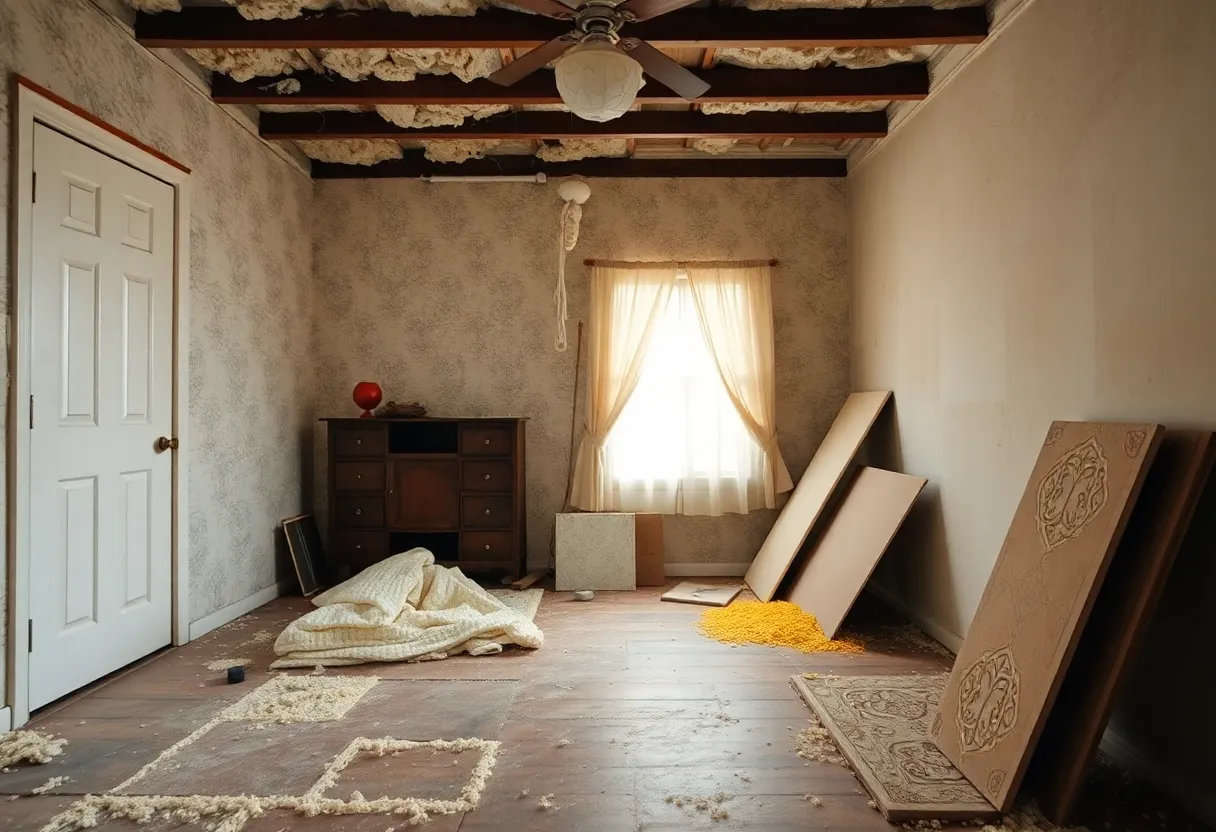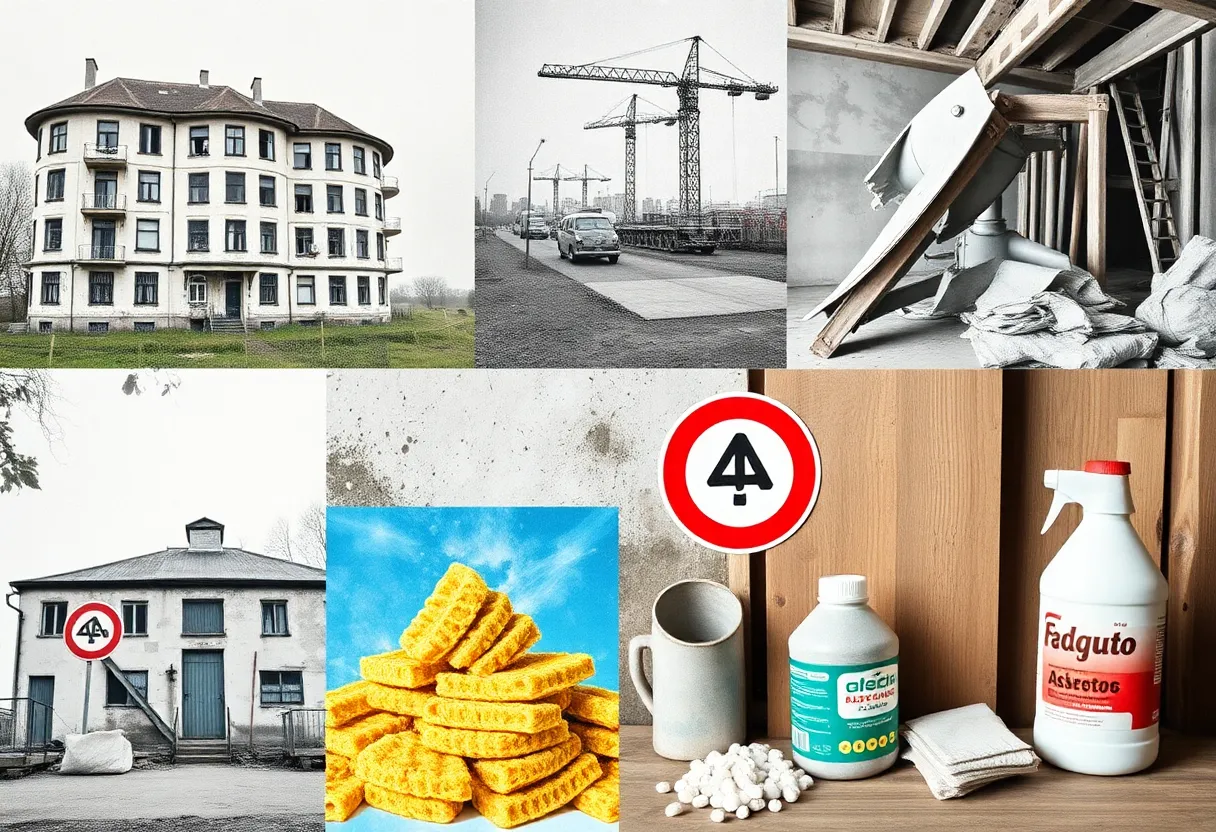News Summary
A Texas judge has denied J&J’s $10 billion settlement plan amidst ongoing ovarian cancer lawsuits, raising concerns over legal integrity.
Judge Rejects Johnson & Johnson’s $10 Billion Baby Powder Settlement Proposal
In a dramatic turn of events, Judge Christopher M. López of the Southern District of Texas has denied Johnson & Johnson’s bid for a $10 billion settlement proposal, marking the third consecutive failure of the company’s bankruptcy strategy related to its controversial baby powder. This ruling comes against the backdrop of over 60,000 ovarian cancer lawsuits that have been filed against the company, which claims its talc products are safe and free from asbestos contamination.
The Fallout from the Unraveled Settlement
If the settlement had been approved, it would have provided financial compensation between $75,000 and $150,000 for each plaintiff linked to ovarian cancer due to asbestos exposure. More critically, it aimed to prevent future lawsuits linked to talcum powders. However, the proposed plan made it clear that existing mesothelioma cases would not be covered under this agreement.
In line with its bankruptcy claims, J&J asserted that it had already settled about 95% of the mesothelioma lawsuits against it. Yet, for those still pursuing justice, many are opting to go through traditional court systems. This places further financial strains on the company, which has already addressed more than $1 billion in legal defenses concerning these talc-related claims.
Reasons Behind the Ruling
Judge López’s decision stems from a series of concerning issues surrounding the proposed settlement. The judge highlighted unfair legal protections and serious voting irregularities, noting that some law firms cast tens of thousands of votes without proper consent from clients, raising questions about the integrity of the voting process. Many claimants were reportedly under-informed and lacked adequate time to make informed decisions regarding their votes.
In addition, last-minute switches of votes were seen as violations of established voting protocols, further compromising the clarity and fairness of the settlement process. The plan also sought to shield J&J from future talc lawsuits without the consent of claimants, which conflicts with established bankruptcy law.
Substantial Concerns for Claimants
Judge López pointed out that there was no meaningful company or jobs to save in J&J’s subsidiary involved in the bankruptcy, Red River Talc LLC. His ruling indicated that a dismissal of the case warranted not just one but a combination of factors. Concerns were raised about the sufficiency of funds allocated to current claimants, potentially jeopardizing the ability of future claimants to receive adequate compensation.
J&J’s Response to the Ruling
In light of the ruling, J&J announced that it would not appeal the decision, opting instead to resolve outstanding ovarian cancer lawsuits on an individual basis in court. The company’s worldwide vice president of litigation expressed confidence in the strength of their legal position, stating that they have won 16 of 17 ovarian cases litigated in the past eleven years, maintaining that these claims lack merit and are based on flawed science.
Historical Context and Safety Concerns
However, troubling revelations have surfaced regarding the company’s awareness of asbestos contamination in its talc products dating back to the 1950s. Lab tests identified the presence of asbestos in J&J’s talc from 1971 until the early 2000s, yet the company failed to disclose these findings to the FDA. Following rising safety concerns, J&J ceased the production of talc-based baby powder in 2020, opting for cornstarch alternatives.
Add to that the complexity of talc being often found near asbestos deposits, and the separation of these minerals becomes a daunting challenge. As the company grapples with ongoing litigation, the legal battles have significantly affected J&J’s sales of baby powder and tarnished its reputation.
The Path Forward
As of 2022, J&J has announced plans to stop global sales of its talc-based products entirely, a decision aimed at restoring public trust and addressing ongoing health-related concerns.
As the story unfolds, the spotlight remains firmly on Johnson & Johnson as it navigates the murky waters of litigation, consumer trust, and corporate responsibility in the wake of its controversial past.
Deeper Dive: News & Info About This Topic
HERE Resources
Builder Fined for Dangerous Asbestos Removal
Community Appeals for Witnesses After Asbestos-Related Death
Environmental Essentials Acquires Omega Asbestos Consulting
Builder Sentenced for Reckless Asbestos Removal
Grimsby Library Closes Due to Asbestos Concerns
Environmental Essentials Strengthens Position in Asbestos Sector
Unlicensed Roofing Contractor Faces Consequences for Asbestos Contamination
Demolition and Reconstruction: New Elementary School Takes Shape in Malad
Florida DEP Settles Asbestos Violations with Khazraee
Asbestos Litigation Landscape Continues to Evolve: Key Insights from 2024 Report
Additional Resources
- Asbestos.com: Judge Rejects Johnson & Johnson’s Settlement
- Wikipedia: Johnson & Johnson
- News 4 San Antonio: J&J’s Settlement Plan Rejected
- Google Search: Johnson and Johnson talc settlement
- Reuters: US Judge Rejects J&J’s Settlement
- Google Scholar: Johnson Johnson talc litigation
- New York Times: Johnson & Johnson Bankruptcy Talc
- Encyclopedia Britannica: Johnson & Johnson



















